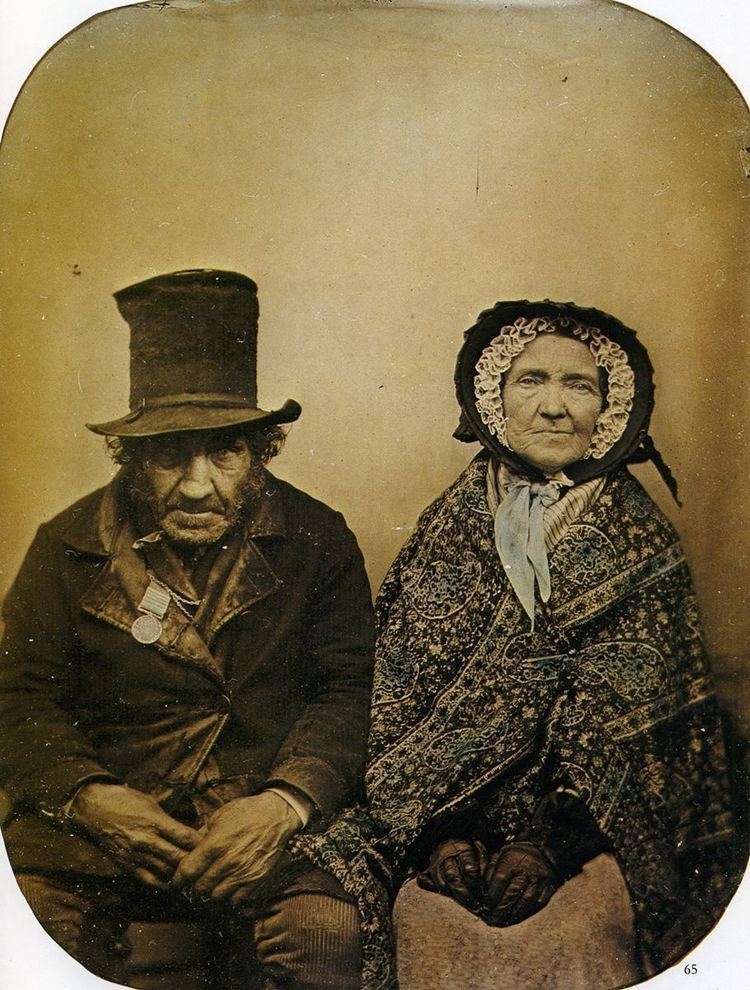 | ||
Collodion is a flammable, syrupy solution of pyroxylin (a.k.a. "nitrocellulose", "cellulose nitrate", "flash paper", and "gun cotton") in ether and alcohol. There are two basic types: flexible; non-flexible. The flexible type is often used as a surgical dressing or to hold dressings in place. When painted on the skin, collodion dries to form a flexible nitrocellulose film. While it is initially colorless, it discolors over time. Non-flexible collodion is often used in theatrical make-up.
Contents
History
In 1846 Louis-Nicolas Ménard and Florès Domonte discovered that cellulose nitrate could be dissolved in ether. They devised a mixture of ether (ethoxyethane) as the solvent and ethanol as a diluent that rendered cellulose nitrate into a clear gelatinous liquid. Collodion was first used medically as a dressing in 1847 by the Boston physician John Parker Maynard. The solution was dubbed "collodion" (from the Greek κολλώδης (kollodis), gluey) by Dr. A.A. Gould of Boston, Massachusetts.
Wet-plate collodion photography
In 1851, Frederick Scott Archer, an Englishman, discovered that collodion could be used as an alternative to egg white (albumen) on glass photographic plates. Collodion reduced the exposure time necessary for making an image. This method became known as the 'wet-plate collodion' or 'wet collodion' method. Collodion was relatively grainless and colorless, and allowed for one of the first high-quality duplication processes, also known as negatives. This process also produced two types of positives: the ambrotype; the tintype (also known as ferrotype).
The process required great skill and included the following steps:
All of this was done in a matter of minutes, and some of the steps in (red) safelight conditions, which meant that the photographer had to carry the chemicals and a portable darkroom with him wherever he went. After these steps the plate needed rinsing in fresh water. Finally, the plate was dried and varnished using a varnish made from sandarac, alcohol and lavender oil.
Dark tents to be used outdoors consisted of a small tent that was tied around the photographer's waist. Otherwise a wheelbarrow or a horse and covered wagon were used.
Dry collodion plates
Richard Hill Norris, a doctor of medicine and professor of physiology at Queen's College, Birmingham (a predecessor college of Birmingham University), is generally credited with the first development of dry collodion plate in the 1860s. In 1894 he took out a new patent for dry plate used in photography.
